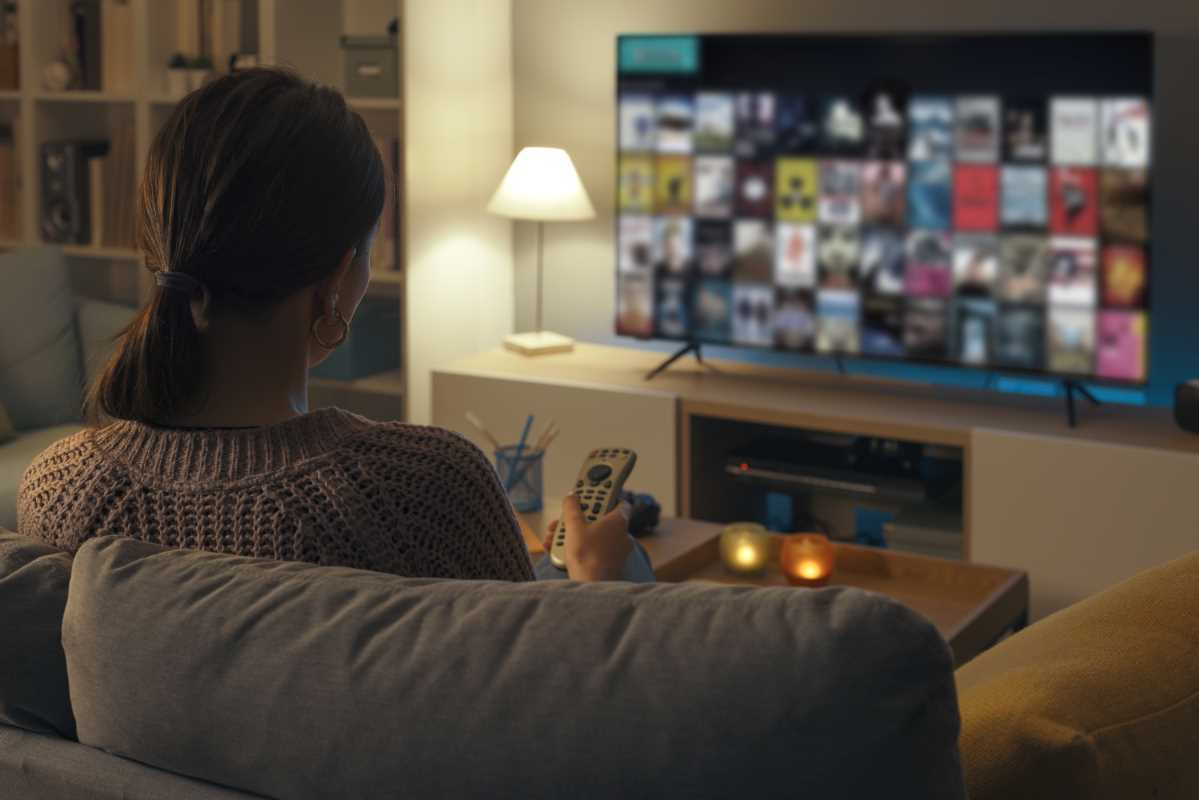We’ve all been there: refreshing a webpage, praying to get through the queue for tickets to see a favorite artist, only to see the prices jump unexpectedly. The world of live event ticketing can often feel like the Wild West, leaving fans feeling frustrated and priced out. This is where the conversation about pricing really matters. Finding a fair and transparent approach isn't just about making tickets affordable; it's about building trust between artists, venues, and the fans who support them. A smart pricing strategy can improve access for more people, help fight the predatory scalper market, and ensure that the artists and venues can continue bringing us the live experiences we love.
What Is Dynamic Pricing, Anyway?
At its core, dynamic pricing is a strategy where ticket prices change in real-time based on supply and demand. Think of it like airline tickets or hotel rooms. When a show is announced and demand is high, prices might inch up. If a show isn't selling out as quickly, prices might come down to encourage more people to attend. This isn’t about random price gouging; it’s about responding to the market. The goal is to find the true market value for a seat, ensuring the venue isn't leaving money on the table that scalpers would otherwise grab. When done right, it allows pricing to be flexible and responsive to real-world interest.
Transparency Is the Golden Rule
For dynamic pricing to feel fair, it has to be completely transparent. Fans should never feel like they’re being tricked. This means venues and ticketing platforms must clearly display the full price of a ticket, including all fees, from the very beginning. There should be no surprise charges at the final checkout screen. Ideally, platforms can also provide simple explanations for price adjustments. A message like, "Prices have been adjusted due to high demand for this section," can go a long way in building trust. Showing a clear price range for different seating tiers also helps fans understand their options without feeling baited into a purchase.
Putting Up Guardrails to Keep It Fair
Ethical dynamic pricing isn’t a free-for-all. It needs common-sense rules to protect fans. One of the most important guardrails is a price cap, which sets a maximum price a ticket can reach, preventing runaway costs for the most popular events. A floor price is also crucial, ensuring that even for less popular shows, the ticket value doesn't drop below a point that devalues the artist's work. Another powerful tool is the use of verified fan presales. By having fans register in advance, ticketing systems can filter out bots and scalpers, ensuring more tickets get directly into the hands of real fans at a fair initial price.
How Artists and Venues Benefit
A transparent pricing strategy is a huge win for the business side of entertainment. It allows venues to maximize their revenue in a way that is fair and predictable. Instead of scalpers capturing all the extra profit on the secondary market, that revenue can go back to the artists, the crew, and the venue itself, helping to fund future tours and productions. It also helps fill the house. By strategically lowering prices for less desirable seats or for shows on a Tuesday night, venues can sell tickets that might have otherwise gone unsold, creating a better atmosphere for both the performers and the audience.
How Fans Can Win with Smart Pricing
This system offers real benefits for fans, too. Those who are able to buy tickets early, before demand peaks, are often rewarded with the best value. Dynamic pricing can also lead to last-minute deals. If a venue has a few dozen unsold seats the day of a show, they can offer them at a discount, giving spontaneous fans a chance to see a performance they might have missed. Clear communication about pricing tiers means fans can make informed decisions, choosing a seat that fits their budget without feeling cheated. It shifts the power away from scalpers and back toward the official box office.
Using Data Ethically and Communicating Clearly
Dynamic pricing relies on data to understand demand, but that data must be used responsibly. Information about purchasing habits should be used to improve the fan experience, perhaps by offering early access to a fan club member for their favorite genre of music, not for invasive tracking. Communication is also key. Websites, apps, and box office displays should clearly explain the pricing strategy. Simple FAQs or short video explainers can demystify the process and show fans that the system is designed to be fair, not predatory. Avoiding hidden fees and "bait-and-switch" tactics is the most important step in maintaining a positive relationship with the audience.
 (Image via
(Image via





